month earlier. Discouraged by the size of Henry VI's army, the Yorkist retreated finding themselves opposite the Lancastrians across the River Teme. During the night many of York's army deserted, followed by a retreat the next morning, many of York's men following the traitor Andrew Trollope who had decided to switch sides.
The Battle of Ludford Bridge saw no noble deaths (because there was no battle), but as you can imagine with such a large desertion in the Yorkist ranks the victors of the 'battle' were the Lancastrians.
HENRY, THE SIXTH SINCE THE CONQUEST.
And on the Friday, the vigil of the feast of the translation of St Edward, king and confessor, in the thirty-eighth year of your most noble reign, at Ludford in the county of Hereford, in the fields of the same, the said Richard, duke of York, Edward, Earl of March, Richard, Earl of Warwick, Richard, earl of Salisbury, Edmund, earl of Rutland, John Clinton, Lord Clinton, John Wenlock, knight, James Pickering, knight, the said John Conyers and Thomas Parre, knights, John Bourchier and Edward Bourchier, esquires, nephews of the said duke of York, Thomas Colt, late of London, gentleman, John Clay, late of Cheshunt
in the county of Hertford, esquire, Roger Eyton, late of Shrewsbury in Shropshire, esquire, and Robert Boulde, brother to Henry Boulde, knight, with other knights and people whom they had blinded and brought together by wages, promises and other carefully calculated methods, brought certain persons before the people to swear that you were dead, causing mass to be
said and attending it, all to make the people less afraid to give battle.
After making a speech to all the lords, knights and nobles in your host in so witty, so knightly, so manly and so cheering a style, with such a princely bearing and assured manner, in which the lords and people took such joy and comfort that their
only desire was to hasten the fulfilment of your courageous knightly wish; because the ways were obstructed and narrow, and blocked by water, it was nevertheless nearly evening before you could take up a suitable position for battle, display your banners, place your divisions and pitch your tents. They being in the same fields on the same day and place, traitorously placed their troops, fortified their chosen ground, set carts with guns in front of their troops, made skirmishes and laid their ambushes there to take your army unawares.
And they, intending the destruction of your most noble person, on the same Friday and in the same town, falsely and traitorously raised war against you in the field there, and fired their said guns then and there, and fired at your most royal person, as well as at your lords and people then and there with you. But God, in whose hands are the hearts of kings, caused it to be known that they whose hearts and desires were only intent on untruth, falseness and cruelty, under the sly pretence of a feigned zeal for justice, meant the greatest falseness and treason, and the most immoderate greed which ever was wrought in any realm: in that Robert Radcliffe, one of the fellowship of the said duke of York and the earls of Warwick and Salisbury, confessed at the point of death that they would have translated both the crown of England and the duchy of Lancaster at their will and pleasure.
But Almighty God, who sees into the hearts of people and from whom nothing is hidden, suddenly struck the hearts of the
said duke of York and earls from that most presumptuous pride into the most shameful cowardice imaginable, so that at
about midnight that night they stole away from the field, under the pretence that they wished to refresh themselves awhile in the town of Ludlow, leaving their standards and banners displayed directly opposite your positions, and fled out of the town unarmed with a few persons to Wales; realising that the hearts of your people raised by them, blinded by them previously,
had for the most part been converted by God's inspiration to repent and humbly submit themselves to you, and ask your
grace, which most of them did; to whom you freely imparted your grace, at the reverence of Our Lord and St Edward. But, sovereign lord, it must not be thought that had it been at all possible they would have wished anything other than to accomplish their cruel, malicious and traitorous intention, to the complete destruction of your most royal person. And furthermore to demonstrate the continuance of their most detestable fixed traitorous purpose and desire against you,
sovereign lord, andyour royal majesty, and the weal of your realm and subjects, some of them have arrived in your town of Calais, whereby the town is in danger, as are the goods of all your merchants of the staple there.
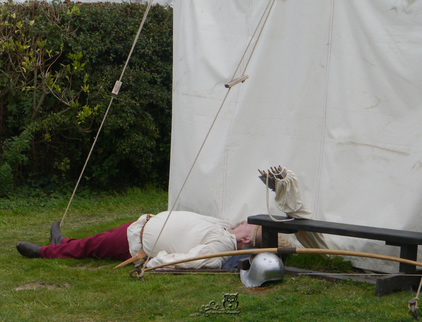
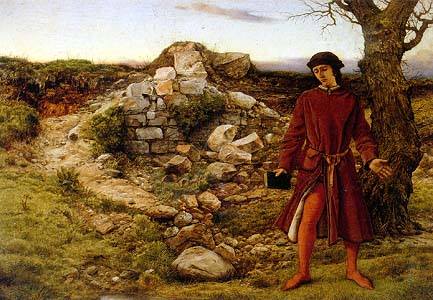

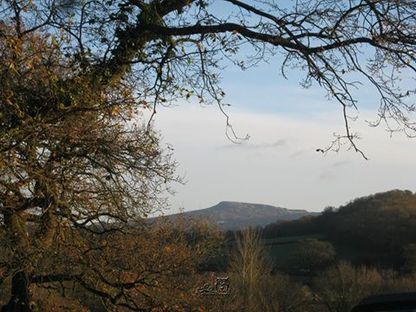
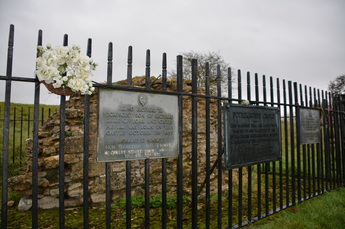
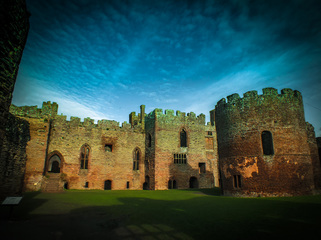
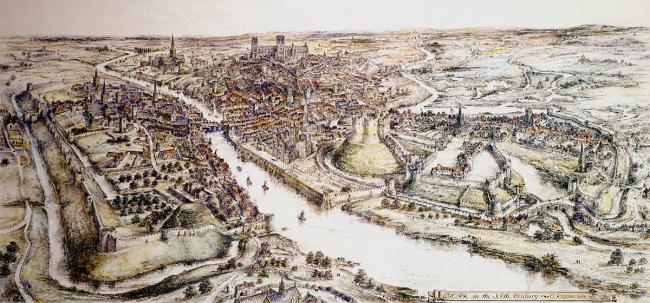
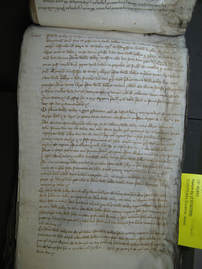
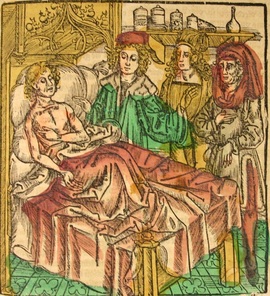
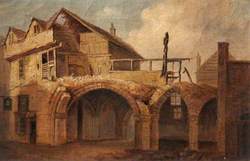
 RSS Feed
RSS Feed
